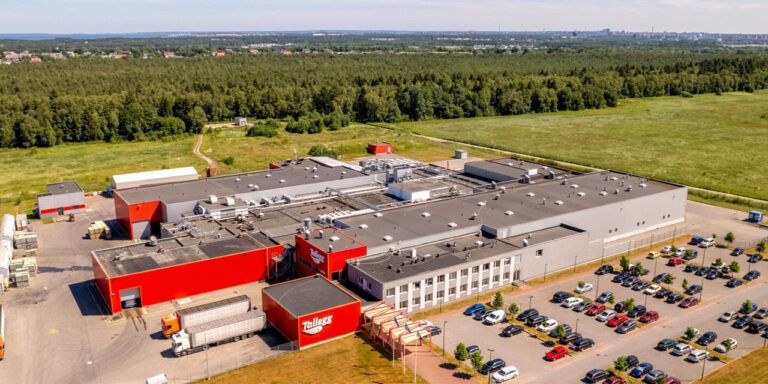
Q&A: The AI revolution grocery retail customers never asked for (but can’t live without)
Discover how AI in grocery retail keeps shelves stocked, deliveries on time, and stores running smoothly.

Discover how AI in grocery retail keeps shelves stocked, deliveries on time, and stores running smoothly.

Learn how to reduce downtime in manufacturing using RELEX AI-powered integrated planning software.

Discover how grocery retailers overcome complexity and operational challenges using AI-powered planning to deliver seamless customer experiences and protect margins.

Learn six critical pain points disrupting customer experience and proven solutions to overcome disconnected operations in grocery retail.

Discover the secrets to building AI agents that make intelligent, strategic decisions in retail and supply chain planning.

Discover how manufacturers can use RELEX supply chain scenario planning to become more agile and robust.

MAAG Food has unlocked the full potential of accurate forecasting, improving both operational efficiency and user satisfaction.

Discover how real-time data drives revenue growth by enabling retailers to optimize pricing and promotions faster than competitors can react.

Learn how AI-driven retail price optimization can increase sales and improve margins. Discover strategies for consumer-centric pricing, intelligent price zones, and automated optimization to maximize performance in today's competitive retail landscape.

Accurate inventory data enables seamless omnichannel grocery experiences. Learn best practices to prevent stockouts and build customer trust.

Join our expert-led session with RELEX and Capgemini to explore how ML, Gen AI and Agentic AI in Touchless Planning are transforming global supply chains.

Learn how RELEX's AI-powered touchless planning automates complex manufacturing tasks, integrates demand and supply planning, and builds operational resilience in volatile markets.

Discover how touchless planning transforms manufacturing with AI-driven solutions and why automated forecasting is now essential for competitive advantage.

Join supply chain experts from RELEX Solutions as they explore the current landscape of supply chain disruptions, focusing on building anti-fragility through AI-enabled technology.

Discover how modern retailers use Open-to-buy (OTB) planning to balance financial goals with inventory needs. Learn AI-powered strategies for smarter purchasing decisions.

Get clear answers to questions about AI agents, their use cases, and how to implement them strategically and safely.

Discover how manufacturers can reduce the bullwhip effect in supply chain by using RELEX AI-powered planning software.

Discover how AI-driven pricing solutions help retailers optimize pricing strategies, protect margins, and boost customer satisfaction.

Our latest survey reveals surprising changes in consumers' expectations on pricing, food waste, and store responsibility.

This webinar brings together experts from Deloitte, FMI, and RELEX to share how leading retailers are tackling food waste at its root—with AI-driven execution strategies that go beyond forecasting to improve inventory visibility, optimise replenishment, and reduce shrink on the shelf.

Learn the essential strategies for retailers and manufacturers responding to tariffs and trade disruptions.

Discover how manufacturers defend margins and thrive despite market disruptions with optimal inventory management strategies and AI-driven solutions.

Learn how RELEX Diagnostics leverages AI-driven analytics to automate problem-solving and drive cross-functional collaboration.

Explore how zone pricing strategies empower retailers to boost profits and capture market share by aligning prices with regional markets. Discover the key benefits of zone pricing and how modern technology makes it more effective and efficient.